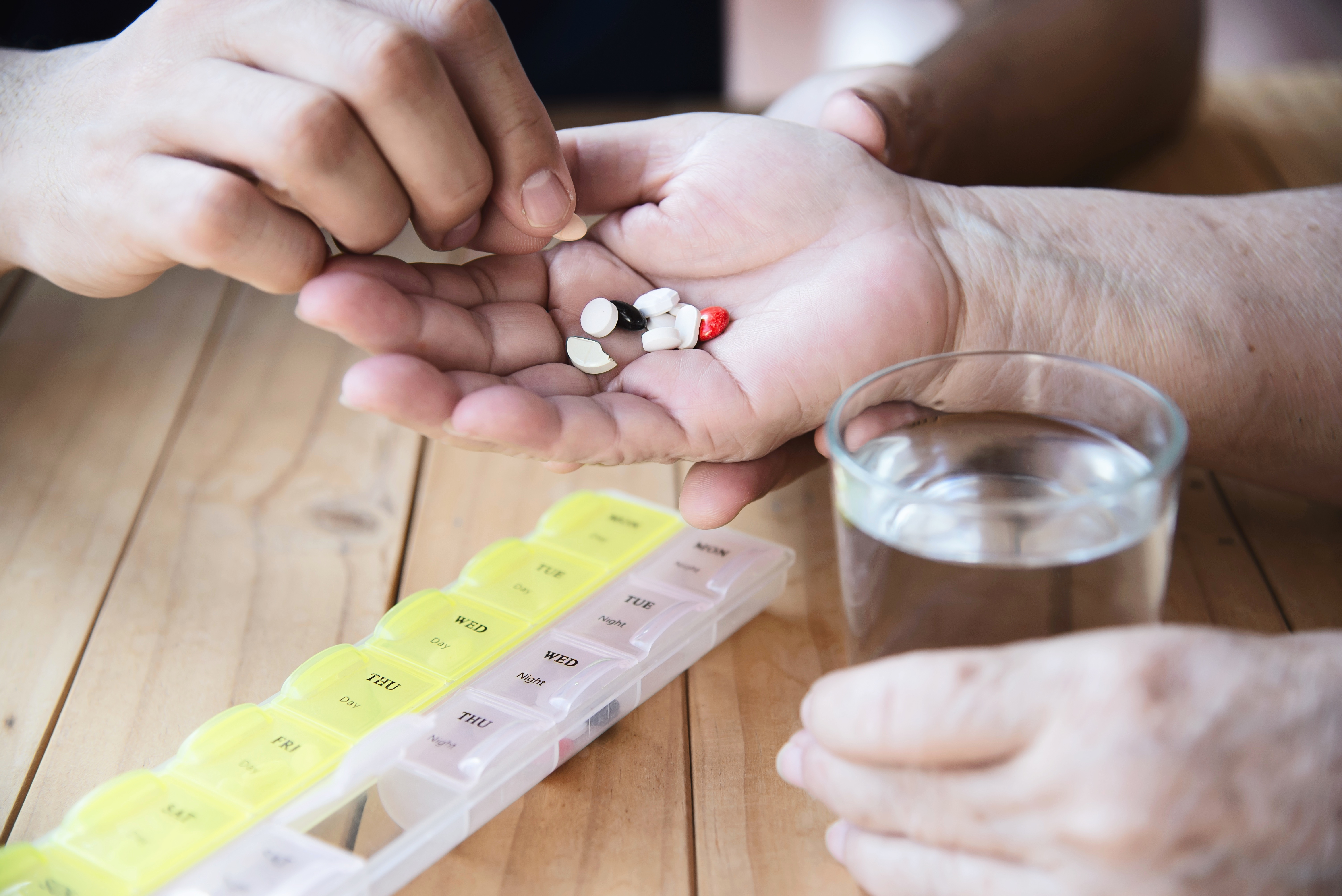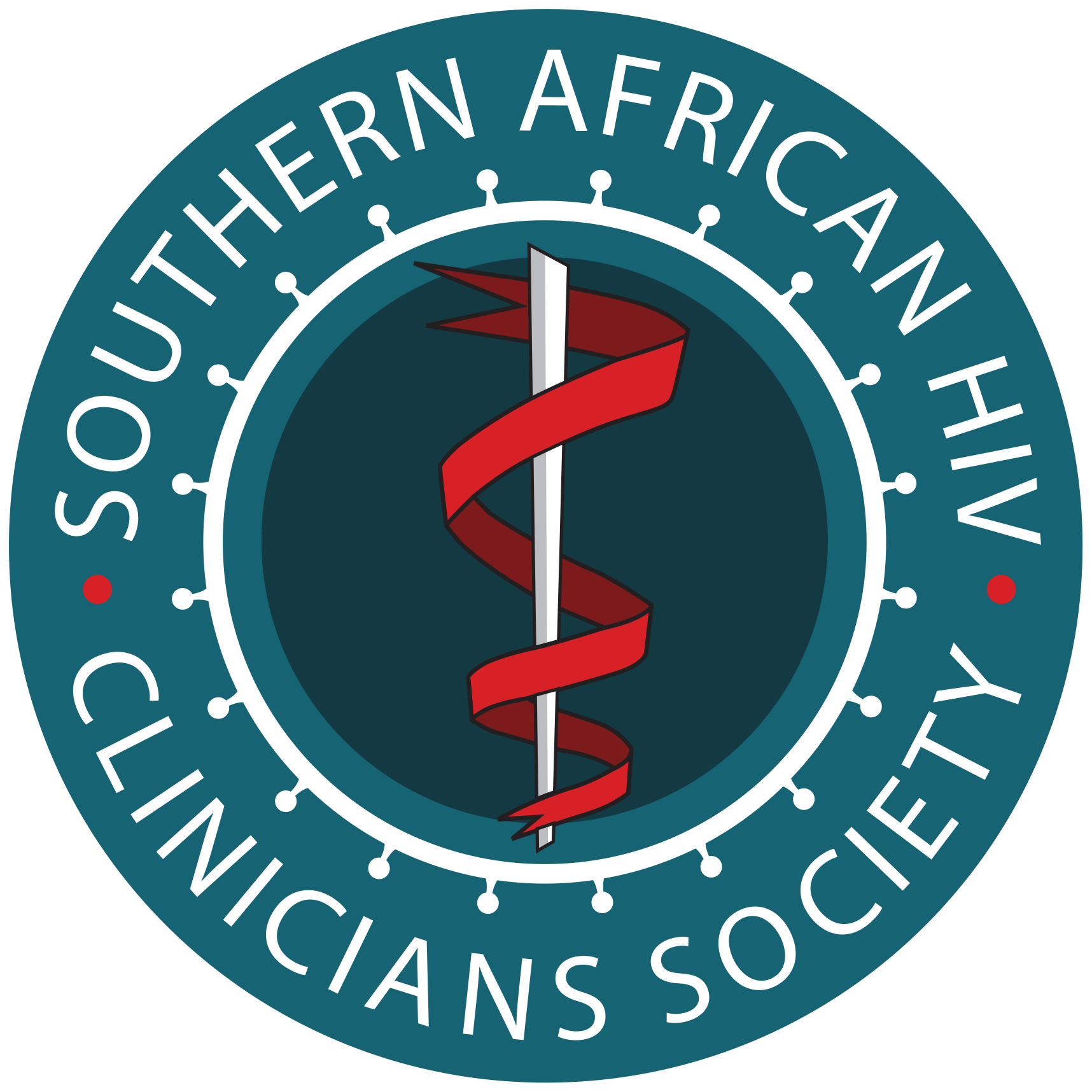ART Guidelines
References

 Key points
Key points - In patients failing a TDF + FTC/3TC + EFV or NVP first-line regimen, the second-line should be TDF + 3TC/FTC + DTG (TLD).
- In patients with renal impairment or prior TDF nephrotoxicity failing an NNRTI regimen, options are TAF + FTC + DTG (if eGFR > 30 mL/min/1.73m2), ABC + 3TC + DTG, ABC + 3TC + DRV/r or ABC + 3TC + ATV/r.
- In patients failing TLD first-line with documented DTG resistance (rare) the second-line should be TDF + FTC/3TC + DRV/r
- We advise DRV/r 800 mg/100 mg once daily as the first choice PI if a PI is used in second-line therapy
Recommendations for patients failing a first-line regimen
Table 14 summarises the recommended second-line regimen to start in patients who have failed a first-line regimen consisting of two NRTIs + NNRTI.
| TABLE 14: Recommended second-line regimen in patients who have failed a first-line regimen of two NRTIs + NNRTI. | |
| Failing first-line regimen | Advised second-line regimen |
|---|---|
| TDF + 3TC (or FTC) + NNRTI | TDF + 3TC + DTG |
| Patients with renal impairment or prior TDF nephrotoxicity |
TAF + FTC + DTG (if eGFR > 30mL/min/1.73m2) or ABC + 3TC + DTG or ABC + 3TC + DRV/r or ABC + 3TC + ATV/r |
Based on the results of the DAWNING trial, it is
preferable to use a DTG-based regimen rather
than a LPV/r regimen in second-line therapy.
22
In this trial, a second-line regimen of DTG + two NRTIs
was superior in terms of virological suppression
due to better tolerance than LPV/r + two NRTIs in
patients who had failed a first-line regimen of NNRTI
+ two NRTIs. All patients enrolled in this trial had a
resistance test performed at entry and had to have
at least one fully active NRTI to be eligible.
Since the DAWNING trial, three trials have
demonstrated the virological efficacy of maintaining
the same NRTI backbone of TDF + 3TC from firstto second-line ART and only switching EFV to DTG.
In the NADIA trial at 96 weeks, 92% of patients on
second-line TLD has VL < 400 copies/mL, the same
as patients on second-line TDF + 3TC + DRV/r. In this
trial, maintaining TDF + 3TC from first- to secondline was superior in terms of VL suppression at 96
weeks, compared to switching the NRTI backbone
to AZT + 3TC. Excellent virological outcomes were
seen in patients with resistance to both TDF and
3TC on second-line TLD.
83
In the VISEND trial, 83%
of participants on second-line TLD had a VL < 1000
copies/mL at 48 weeks which was similar to patients
on AZT + 3TC + ATV/r (82%) and higher than in
patients on AZT + 3TC + LPV/r (69%).
98
In stages 1
and 2 of the ARTIST trial conducted in South Africa,
82-86% of patients on second-line TLD had a VL
< 50 copies/mL at 24 weeks.
100,
101
If a boosted PI is used in second line (e.g. if DTG is not
tolerated) we recommend DRV/r 800/100mg once
daily as the PI of choice. It is associated with fewer
gastro-intestinal side effects than LPV/r and is not
associated with unconjugated hyperbilirubinaemia
like ATV/r. It also has a higher genetic barrier to
resistance than LPV/r or ATV/r. The second choice
PI advised is ATV/r which has fewer gastro-intestinal
side effects than LPV/r. LPV/r is only advised if a
PI is required, and the patient is on RIF-based TB treatment
– in this situation LPV/r should be double
dosed at 800/200mg twice daily. ATV/r and DRV/r
should not be co-administered with RIF.
The second-line regimen to commence in patients who have failed a first-line approach of two NRTIs + DTG is provided in Table 15.
| TABLE 15:Recommended second-line regimen in patients who have failed a first-line regimen of two NRTIs + DTG. | |
| First-line regimen failing | Second-line regimen advised |
|---|---|
| Two NRTIs + DTG | Two NRTIs + DRV/r (usually TDF + 3TC or FTC + DRV/r) Only switch to second-line if resistance test shows DTG resistance. |
If patients experience virological failure on a first-line DTG-based regimen, then we do not recommend switching to second-line therapy unless a resistance test is performed and demonstrates DTG resistance. This is because DTG is a very robust drug and resistance is very rare when used in triple-drug combination first-line therapy. Therefore, it is far more likely a VL > 50 copies/mL is due to adherence problems rather than resistance. If DTG resistance is demonstrated, then we then advise a regimen of two NRTIs + DRV/r. Usually this would be TDF + 3TC or FTC + DRV/r unless there is renal impairment or prior TDF nephrotoxicity. The NADIA trial reported high rates of virological success of this regimen and no development of PI resistance, even when there was resistance to both TDF and 3TC. 83

We recommend switching patients currently on
a second-line LPV/r regimen, to a TLD regimen,
particularly in patients experiencing gastrointestinal
or other side-effects including dyslipidaemia. This
switch will simplify the regimen and reduce pill burden.
Clinical trials data
22
suggests better outcomes on a
second-line DTG regimen compared with a secondline LPV/r regimen, driven by better tolerance. This
recommendation is regardless of current VL, but see
note of caution below.
There is direct evidence from the 2SD trial
102
that
patients suppressed on a second-line PI regimen
switched to a DTG second-line regimen maintained
suppression equivalent to those randomised to
continue the PI regimen (suppression remained >90%
in both arms). In patients currently on a second-line
ATV/r or DRV/r-based regimen, a switch to TLD could
be considered, particularly in patients experiencing
gastrointestinal or other side-effects. Trial findings
suggest equivalent second-line outcomes with a TLD
regimen and a DRV/r based-regimen
83
and an ATV/rbased regimen.
98
However, switching to TLD may
reduce side effects and pill burden.
Patients who have renal impairment or prior tenofovir
nephrotoxicity and who are on a LPV/r second-line
regimen could be switched to TAF + FTC + DTG (if eGFR
> 30 mL/min/1.73m2) or ABC + 3TC + DTG, to reduce
side effects and provide a once daily regimen. It is
important to note that the same direct evidence of
virological efficacy for ABC + 3TC + DTG in second-line
does not exist, as for TLD and, therefore, VL of patients
should be monitored closely. In patients who have
renal impairment or prior tenofovir nephrotoxicity,
who are on DRV/r or ATV/r second line regimens we
recommend maintaining their current regimen unless
they are not tolerating the PI in which case one of the
two regimens above could be considered.
Patients in whom caution should be applied before switching from a second-line PI regimen to a DTG regimen is those who have been on the PI regimen for more than 2 years and with 2 or more consecutive VL measurements above 1000 copies/mL. Such patients should have a resistance test done before switching as they may require a more robust regimen that includes DRV/r if they have acquired PI resistance mutations (see module 14).
Based on the findings of the NADIA trial, patients on AZT + 3TC + DTG second-line therapy should be switched to TLD. NADIA demonstrated that at 96 weeks TDF/3TC was superior to AZT/3TC as an NRTI backbone in second-line in terms of virological suppression. This appeared to be the case regardless of NRTI mutational profile present at first-line failure. 83 If a patient has been on AZT + 3TC + DTG for over 2 years and has had 2 or 3 VL measurements > 1000 copies/mL then an integrase resistance test could be considered before switching to ensure there is still susceptibility to DTG.

